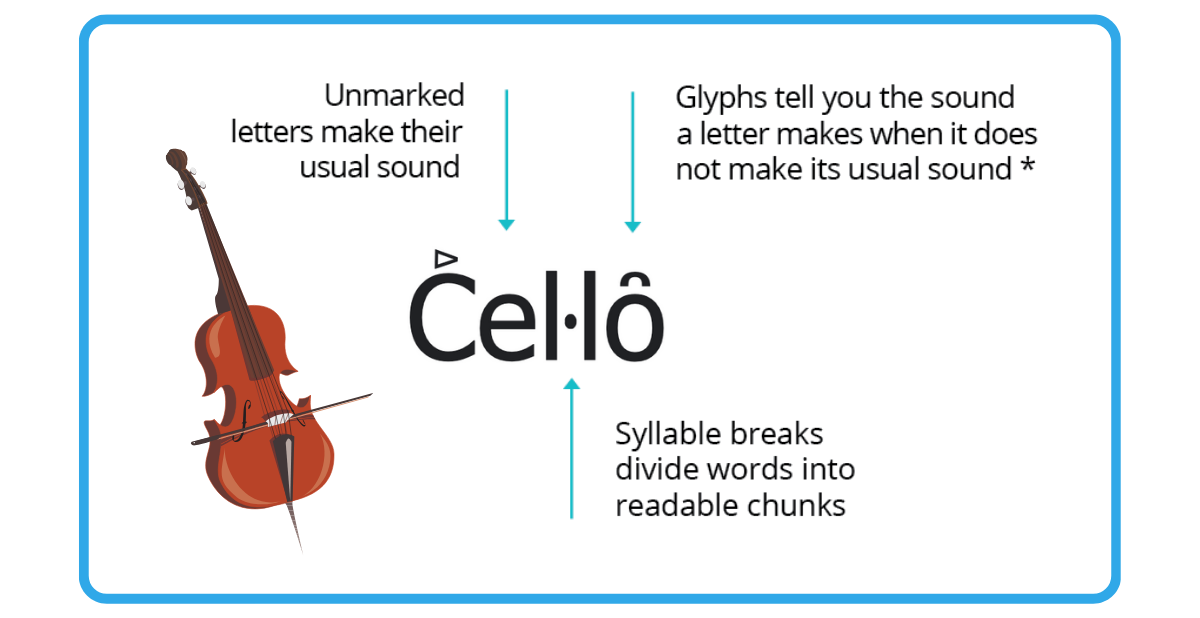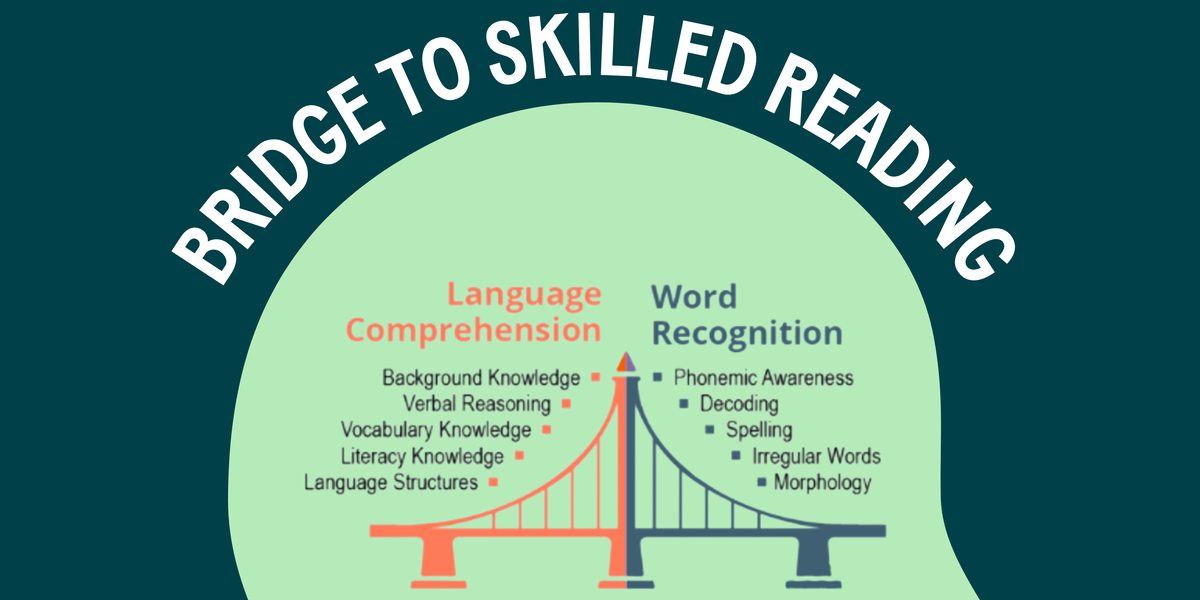How Readable English Supports Struggling Readers, ML Students, and Students with Dyslexia
In education, ensuring that every child can read proficiently is a cornerstone of academic success. However, many students face significant...
K-12Discover how Readable English is transforming reading instruction |
PROGRESS MONITORINGEasily assess and monitor growth with data-driven insights and reporting tools |
PROFESSIONAL SERVICESDiscover the services that support your success, from virtual training to expert coaching |
INDIVIDUALSStrengthen your reading skills with an interactive app tailored to your learning needs |
PARENTSEmpower your child's reading journey with an interactive app and expert strategies for home support |
|

|
Rethinking Reading: How One District Transformed Instruction (SmartBrief)Discover how a bold shift in reading instruction helped struggling learners thrive - and the critical role Readable English played in their success.
|
RESEARCH & RESULTSExplore peer-reviewed studies and real-world case studies on Readable English in action |
BLOGExplore articles on feature highlights, research deep-dives, and the latest literacy insights |
EBOOKDownload the ebook Why Learning to Read English is So Hard and how to Make it Easier |
CUSTOMER STORIESDiscover how educators and administrators are transforming literacy with Readable English |
RESOURCE AND PRODUCT ENABLEMENT LIBRARYFind essential educational references and instructional materials to enhance teaching |
FAQSFind essential educational references and instructional materials to enhance teaching |
NEWS & EVENTSStay up to date with media coverage, webinars, and upcoming events featuring Readable English |
|
|
Rethinking Reading: How One District Transformed Instruction (SmartBrief)Discover how a bold shift in reading instruction helped struggling learners thrive - and the critical role Readable English played in their success. |
2 min read
Sarah Mills : Jul 10, 2024
Introduction: Understanding the Challenge
Naomi, a 4th-grade student, faced significant difficulties in reading, which was evident from her early education. Despite her verbal articulateness, Naomi struggled to grasp written words, leading to a lack of interest in reading.
“I didn’t like reading before because it wasn't fun and I didn't really know what the words were,” Naomi shared.
Naomi’s mom, Holly, recounts her initial observations:
“We initially thought the delay in reading was due to her Kindergarten year being interrupted by COVID-19. In the fall of first grade, Naomi had fallen behind enough to be included in an afterschool reading group. In second grade, Naomi was diagnosed with dyslexia and given a 504 plan, including participation in a program specifically focused on dyslexia called ‘Take Flight.’ In third grade (along with a change of schools), even though her 504 plan was renewed and she started out behind grade level, it was apparently not far enough behind to put her in any special reading programs. I felt that this was not enough intervention and looked for an alternative solution.”
The Solution: Introducing Readable English
Recognizing the need for a more effective intervention, Naomi's family decided to try Readable English. Naomi began using the program in third grade and continued into fourth grade, with remarkable results.
Holly reflects on the decision:
“I am so glad we did this because she is now reading at the correct level and her improvements have been more in the past six months than she has had since starting Kindergarten.”
With Readable English, Naomi's reading skills improved significantly, demonstrating the program's effectiveness. Her RIT score on September 16, 2022, was 182 (43rd percentile), and by January 6, 2023, it had risen to 201 (70th percentile). The progress report highlighted her exceptional growth: "Your child's growth from Fall 2022 to Winter 2023 is in the 98th percentile, which means they made more progress than 98% of their peers.”
Outcomes: Quantitative and Qualitative Improvements
The data underscores Naomi's impressive progress. In the first year of using Readable English (third grade), Naomi's Oral Reading Fluency improved from the 25th percentile to above the 75th percentile. Notably, at the start of fourth grade, Naomi’s beginning-of-year score was the same as her previous year’s end-of-year score, indicating no summer reading loss.
First year of use:

Second year of use:

Beyond the numbers, Naomi's qualitative progress is equally compelling.
Holly notes:
“She reads with greater speed and confidence, a smoother cadence, and hesitates less when attempting new words. There is less of a struggle to get her to read in the evenings. She also enjoys picking out new books to read at the library (both school and public).”
The tools and strategies provided by Readable English have made reading an enjoyable and engaging activity for Naomi. Holly appreciates the program's deliberate and effective methods:
“The glyphs and the different games/strategies are very deliberate and effective. Naomi gets very excited to see her word score go up weekly. The portal user experience is intuitive and a great fit for our family.”
Conclusion: A New Love for Reading
Naomi’s transformation through Readable English is a testament to the program's impact on children struggling with dyslexia. Naomi now enjoys reading and finds it fun and rewarding.
Naomi shares her excitement:
“Reading is easier now and I enjoy it. It is fun to read. I love the quizzes, the reading passages (not the timed ones), I like the glyphs, and I like the games where I roll the dice. I also love the word count.”
Holly concludes with a heartfelt endorsement:
“We are fortunate to have found this program and are excited about sharing our positive experience with other families struggling with learning to read.”

In education, ensuring that every child can read proficiently is a cornerstone of academic success. However, many students face significant...

Supporting students with dyslexia requires a specialized approach to help them build strong reading skills and gain confidence. Dyslexia, a...
.png)
A recent instructional report by Dr. Shawn Anthony Robinson from the University of Wisconsin–Madison’s Wei LAB shines a powerful spotlight on a...